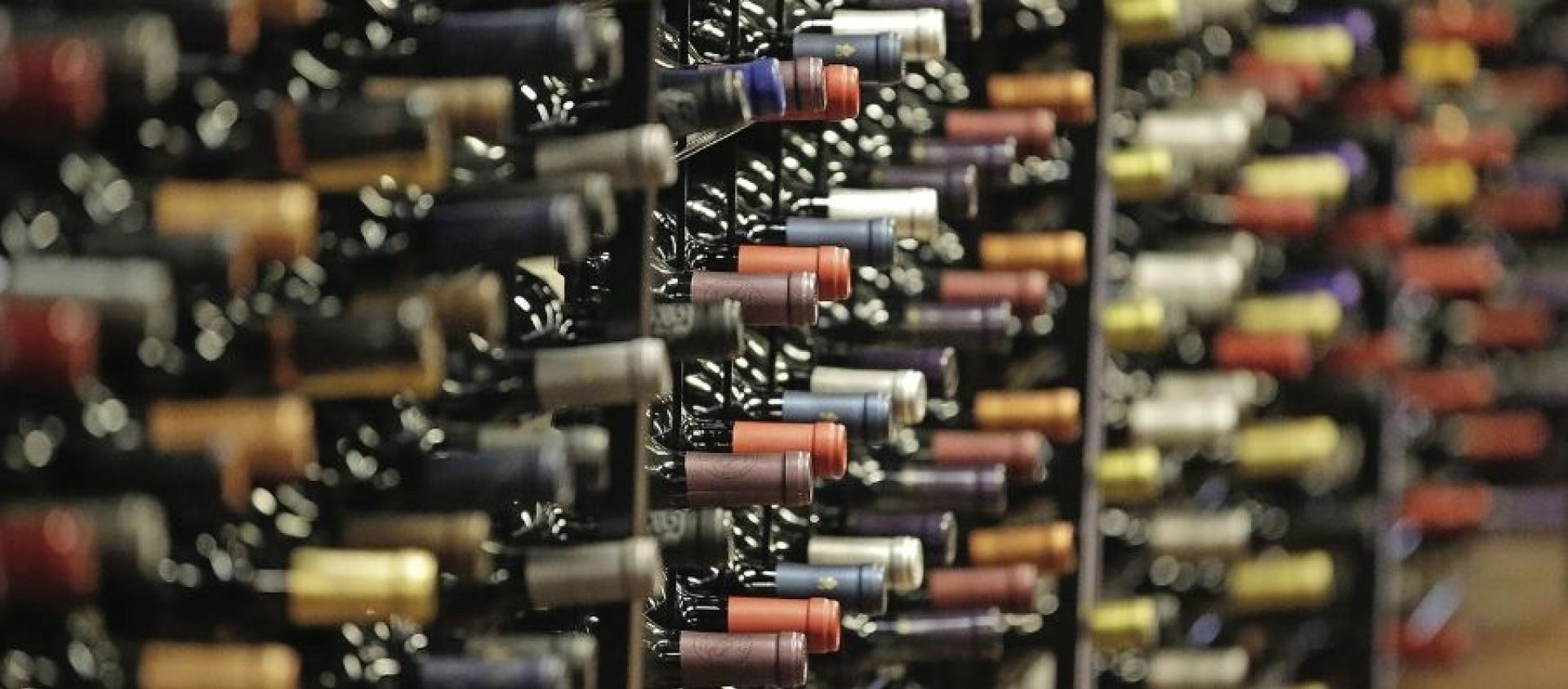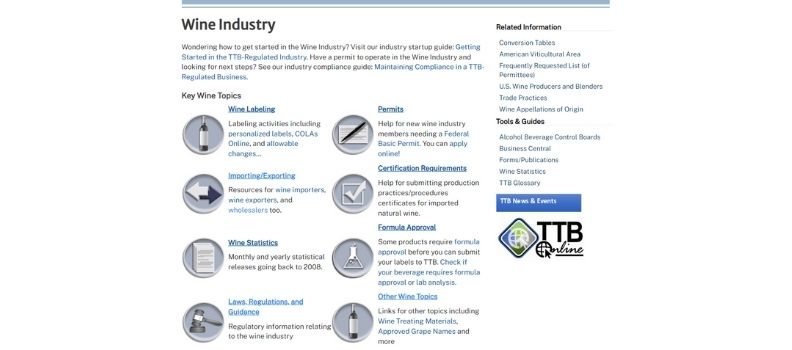
Insights
Challenges Faced By Importers And Distributors In The First Year Of Business
Importers and Distributors play an important role in the wine and spirits industry. This article looks at five challenges faced by importers and distributors in the first year of business.
Great wine and spirits travel around the world thanks to the tireless efforts of importers and distributors. It needs an innate understanding of the markets as well as a deep love for wines and spirits to create an experience like no other for the audience. While the efforts of importers go unnoticed beyond the trade, they occupy a lion’s share in the conversation of wines and spirits in the trade. They, however, exist in siloes.
The first 365 days of any business are integral as an experience in itself. There are many things that small importers are unaware of. Conversations with people in the trade will help overcome all kinds of challenges and hurdles for importers and distributors in the first year of business. But here are the top five challenges faced by importers and distributors in the first year of business.
Licenses and Certifications
This challenge is arguably one of the largest ones that importers and distributors have to face. Many importers are unaware of the TTB and its proceedings. Registering on the TTB Website doesn’t cost any money. The Alcohol Tax and Trade Bureau looks closely into importer permits and distribution licenses. TTB also issues the essential COLA certifications that are imperative for importers. Certification/Exemption of Label/Bottle Approvals (COLAs) is mandatory for each unique brand/label of alcoholic beverages to be imported into the country. The registration doesn’t require money but new importers and distributors aren’t told that enough.
As important as a Certification/Exemption of Label/Bottle Approvals (COLAs), it is equally a frustrating process for new importers and distributors. COLAs could get rejected for even the smallest reasons. For instance, if you submit the content for the front label for the back, your COLA will be rejected. The COLA process also takes a lot of time. Some days you might hear back in 5 to 7 days and on others, you might not hear from them for 15 days to a month. So, having patience is paramount.
The TTB also has many waivers that importers and distributors can avail of to import wines and spirits without a COLA. These processes also take a while but often go unnoticed as many professionals are not aware of such provisions.

The TTB Website can answer all your questions. Source: TTB Website
Finding a good product and producer around the world
While on the surface level this seems like the most basic thing to do, finding a good product and a good producer is primary in being a good importer or distributor. It is indeed difficult to find the right spirit as well as a producer with the right spirit. Building a wine and spirit portfolio that generates profit, and helps your sales team sell with ease is a big challenge. Big brands do not want to go with a small wine distributor and boutique brands are not what retailers will buy easily. Sometimes it is true that a couple of wine brands can steer you towards growth. Finding the right fit and scaling together as you grow is the most optimum solution.
Finding these producers is sometimes all about intense research and sometimes sheer coincidence. For instance, Kevin Rapp, Co-Founder, and President of Rapp Wines, went on a road trip to Italy for his honeymoon. Along with his partner, he decided to go off-road and try as many local producers as possible. He tried wines across multiple regions personally before deciding to onboard some of these producers as clients.
Finding the right producer is a start-off point for a whole new relationship. Maintaining this relationship entails ensuring quality delivery from the producer’s end and quality representation and distribution from the importer’s end. You should be sure about giving your 100% before signing up with a producer.

If you are a US importer and looking to meet other state distributors and retailers, you qualify to exhibit. Source: USATT Website
Figuring out the supply chain
Now that you have put together your COLAs and other registration as well as a solid relationship with a producer that has agreed to give you a product that could disrupt the market, you have to evaluate how to execute everything you’ve promised contractually. Supply Chain forms a major part of the conversation. You’ve found the wine and you are sure the audience would love it. But how will you get it to the audience? How do you import? Which service partner is best to fulfill this shipment from the beverage’s home country to the destination? What is the minimum order quantity and what would it cost for you to import the same? Do you have a warehouse that can house these wines or spirits? Do they need any special storage arrangements? All these questions can help decode potential hurdles in the supply chain. It can also help you plan well in advance to overcome these hurdles better.
When you are a new importer, shipping partners might not give you the best pricing with big margins since you are just starting out. What matters is getting effective pricing that can be made better by building a sustainable relationship with shipping partners.
Selling the new product in newer markets
Putting all of the pieces together to create a seamless supply chain flow is essential. It is equally essential to sell the products imported. How will you sell a product to a market that has never heard of it? What is your strategy? Understanding your audiences’ tastes is a non-negotiable part of this strategy.
While the answers to these questions are ever-evolving, it is important to be on the same page with your producer regarding the demand and supply of products. How are you going to enter these markets and popularize a certain beverage? It is also important to establish clarity on how this affects the imports and payments cycle. Are there any account receivables? They largely impact the growth and scaling of a product in any market. Newer markets can be acquired with clarity and forecasting.
One strategy will not fit all the needs of every producer. Using a one-size-fits-all proposition often negatively impacts relationships and the numbers certain wine and spirits draw. While it is important to draw sales, one should only opt for sustainable strategies for the same.
The Sommeliers Choice Awards Raise the profile of your wines and is a great way to get recognized in new markets by the right people.
Winning a Sommeliers Choice Award is a mark of excellence that is recognized across the wine industry. Especially if you are a wine producer or merchant from a non-U.S. wine destination, this is the perfect chance to win recognition for your wines within the U.S. marketplace.

Scaling and propelling a company
You have great products, all the licenses, a seamless supply chain, and a phenomenal relationship with your producer. You are succeeding on all fronts at the moment but it is important to scale this momentum. Finding the right kind of partners is important to grow your portfolio. Many importers hire the sales team on a commission basis and that does not bring a strong commitment from them. Your focus should not only be on making sure your wine distribution business is profitable but also that your sales reps are hitting their numbers. Distribution is a service business and the most important part of the business is making sure that your customers get the right product at the right time in the right way with the right attitude. These teams also need to be fully functional to represent your brand value, ethics, and vision. Different producers have their unique styles of working and your sales team will need to adapt to the same.
Article by Prithvi Nagpal, Editor & Sommelier, Beverage Trade Network
Become a USATT exhibitor and grow your distribution in the USA. Meet importers, distributors, retailers and press. Get exhibitor information here.


